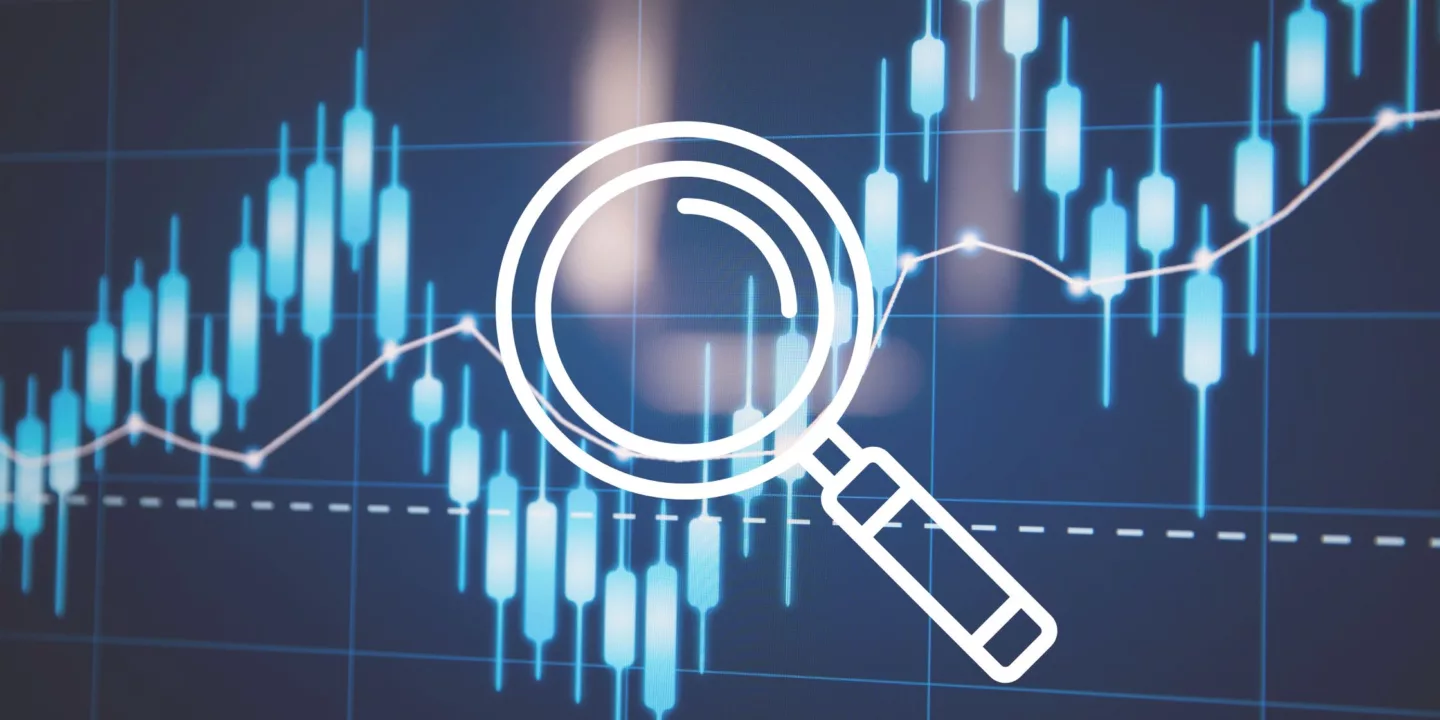
Understanding Spot Market Sentiment Analysis
Trading cryptocurrencies is a dynamic and frequently unpredictable industry arena where quick decisions can distinguish between a profitable trade and a significant loss. As a trader, understanding market sentiment can offer you the insights necessary to make informed decisions. In this guide, we’ll explore sentiment analysis in crypto trading, its importance in spot trading, the tools available, and practical tips to enhance your strategies.
Key Takeaways
- Definition and importance of sentiment analysis in crypto trading explained.
- Tools for analyzing social media, news, and on-chain sentiment are highlighted.
- Common mistakes in sentiment analysis and how to avoid them are discussed.
- Real-world examples of market sentiment impacting crypto prices are provided.
What is Sentiment Analysis in Crypto Trading?
Sentiment analysis in crypto trading refers to evaluating the mood or overall sentiment of the market. This analysis is often based on various factors, including social media trends, news articles, and on-chain data. The goal is to gauge whether market participants are generally optimistic (bullish) or pessimistic (bearish) about the direction of a cryptocurrency’s price.
Importance of Market Sentiment in Spot Trading
Market sentiment is crucial in spot trading, where traders buy and sell cryptocurrencies for immediate delivery. Spot traders need to stay ahead of market movements, and understanding sentiment can provide valuable insights into potential price changes. For instance, an unexpected spike in positive emotions could indicate a bullish trend, while widespread negativity might signal a bearish phase.
Key Tools for Measuring Crypto Market Sentiment
Several tools have emerged to help traders measure sentiment in the crypto market. These tools gather data from various sources like news platforms, social media, and blockchain analysis. Let’s explore some of the most popular sentiment analysis tools:
- Social Media Analytics Tools: Platforms like Twitter, Reddit, and Telegram are buzzing with cryptocurrency discussions. Also, analytic tools aggregate social media activity and provide sentiment scores, helping you understand public opinion on specific coins.
- News Sentiment Analysis Tools: News sentiment tools can analyze news articles, social media posts, and blogs to provide sentiment scores for specific cryptocurrencies. This can be especially helpful when a significant event or development impacts a coin’s value.
- On-Chain Analysis Tools: On-chain data, such as wallet transactions, mining activity, and token movements, can offer insights into market sentiment.
- Sentiment Indicators: These tools measure the level of fear or greed in the market, with extreme fear often signaling a potential buying opportunity and excessive greed a sign of an impending downturn.
How to Interpret Social Media and News Sentiment
Social media and news platforms are rich with sentiment indicators. The key challenge lies in filtering out noise from actionable information. Here’s how you can interpret sentiment effectively:
Social Media Sentiment
Platforms like Twitter and Reddit can be goldmines for gauging sentiment. To interpret social media sentiment, look at the frequency and tone of discussions. For example:
- A surge in positive mentions can indicate an impending bullish trend.
- A spike in negative comments may suggest a potential price drop.
News Sentiment
The tone of news articles can significantly impact market sentiment. For instance:
- Positive news about technological advancements, partnerships, or adoption may lead to bullish sentiment.
- Bad news, such as security lapses or regulatory crackdowns, may cause market sentiment to shift towards bearish.
Using Sentiment Indicators for Market Predictions
Sentiment indicators, such as social media sentiment and the Index of Fear and Greed, can be utilized to predict potential market trends.
The Fear and Greed Index
Fear and Greed Index, one of Bitcoin’s most widely used sentiment indicators, is based on several factors: market volatility, social media sentiment, and momentum. A high score typically signals extreme greed, suggesting a potential market correction, while a low score indicates fear, which may signal a buying opportunity.
Relative Strength Index (RSI) and Sentiment
While the RSI is traditionally a technical analysis tool, it can be combined with sentiment analysis for more accurate market predictions. For example, a low RSI combined with negative sentiment could suggest a potential buying opportunity, while a high RSI with positive sentiment could signal an overbought market.
Sentiment Analysis Through On-Chain Data
On-chain analysis has become a vital component of sentiment analysis. By monitoring blockchain activity, traders can gain deeper insights into market sentiment that may not be apparent through traditional market indicators.
Wallet Movements
The movement of large amounts of cryptocurrency between wallets can offer signals about market sentiment. For instance, if whale wallets are moving large amounts of Bitcoin to exchanges, it might indicate a future sell-off, influencing sentiment in a negative direction.
Transaction Volume
Increased transaction volume on a blockchain could indicate heightened market interest, which can often be tied to positive sentiment. Conversely, a drop in transaction volume might signal waning investor interest and negative sentiment.
Tools like Glassnode and Santiment provide real-time on-chain data, helping traders make informed predictions based on market behavior.
Combining Sentiment Analysis with Technical Analysis
Combining sentiment with technical analysis can provide a more complete picture of market conditions. For example, if sentiment is positive and technical analysis shows support levels, this might indicate a strong buying signal. Conversely, if sentiment is negative but technical analysis shows strong resistance levels, it could suggest a potential reversal or market correction.
Real-World Examples of Market Sentiment Impacting Crypto Prices
Some examples of where market sentiment has impacted crypto prices are:
Bitcoin Halving and Sentiment
Historically, Bitcoin’s halving events have triggered significant shifts in market sentiment. For example, before the 2020 halving, there was an increase in favorable attitudes in news and social media platforms, contributing to the upward price movement leading up to the event.
Elon Musk’s Tweets
Elon Musk’s tweets have directly impacted Bitcoin and Dogecoin’s market sentiment. For instance, his tweet on Tesla’s purchase of Bitcoin in early 2021 sparked a massive price rally, demonstrating the powerful influence of social media sentiment on crypto prices.
Common Mistakes in Sentiment Analysis
While sentiment analysis is a valuable tool, there are several common mistakes traders should avoid:
- Overreliance on a Single Source: Focusing on a single source of sentiment, whether social media or news, can lead to biased conclusions. Collecting information from several sources is crucial to form a well-rounded sentiment analysis.
- Ignoring Contradictory Signals: Traders often fall into the trap of confirmation bias, only acting on sentiment data that supports their preconceived notions. A comprehensive approach should involve considering both positive and negative sentiment and evaluating the overall trend.
- Misinterpreting Noise as Trend: Social media can be full of short-lived trends, which can lead traders to react prematurely. It’s essential to differentiate between temporary hype and sustained market sentiment shifts.
Tips for Enhancing Your Sentiment Analysis Strategy
Here are some tips for refining your sentiment analysis strategy:
- Combine multiple sentiment analysis tools for a comprehensive view of the market.
- Look at long-term sentiment trends rather than short-term fluctuations.
- Use sentiment alongside technical analysis to improve the accuracy of your predictions.
- Major news events, such as regulatory decisions or technology breakthroughs, can significantly impact sentiment and prices.
The Future of Sentiment Analysis in Crypto Trading
Sentiment analysis’s prospects in cryptocurrency trading will be shaped by advancements such as:
- AI and Machine Learning will automate sentiment analysis, improving predictions by processing vast real-time data from news, social media, and trading actions.
- Real-time sentiment tracking will allow traders to respond quickly to market changes, gaining a competitive edge in the fast-paced crypto market.
- Predictive sentiment models will forecast sentiment shifts, helping traders anticipate price movements before they happen.
- Integrating multiple data sources like blockchain data, Google Trends, and traditional financial markets will provide a comprehensive view of market sentiment.
ALSO READ: How to Read Crypto Charts: Technical Analysis & Patterns
Conclusion
Sentiment analysis is a vital tool for navigating the world of cryptocurrency trading. By utilizing social media, news, on-chain data, and sentiment indicators, traders can enhance their strategies and make more informed decisions. While sentiment analysis provides valuable insights, combining it with traditional technical analysis is crucial for a more holistic approach.
For those looking to take their trading journey to the next level, platforms like Mudrex offer easy-to-use tools, a wide range of cryptocurrencies, and educational resources to enhance your trading experience.
FAQs
What is sentiment analysis in crypto trading?
Sentiment analysis involves evaluating market mood by analyzing social media, news, and blockchain data to predict cryptocurrency price movements.
Why is sentiment analysis important in spot trading?
Understanding market sentiment helps traders anticipate price fluctuations in spot trading, allowing for better entry and exit decisions.
What tools can I use for crypto sentiment analysis?
Popular tools include LunarCrush, CryptoMood, Glassnode, and The TIE, which analyze social media, news, and on-chain data for sentiment insights.
How can I combine sentiment analysis with technical analysis?
Sentiment analysis can be used alongside technical indicators like RSI and Moving Averages to confirm potential market trends and make more accurate predictions.


